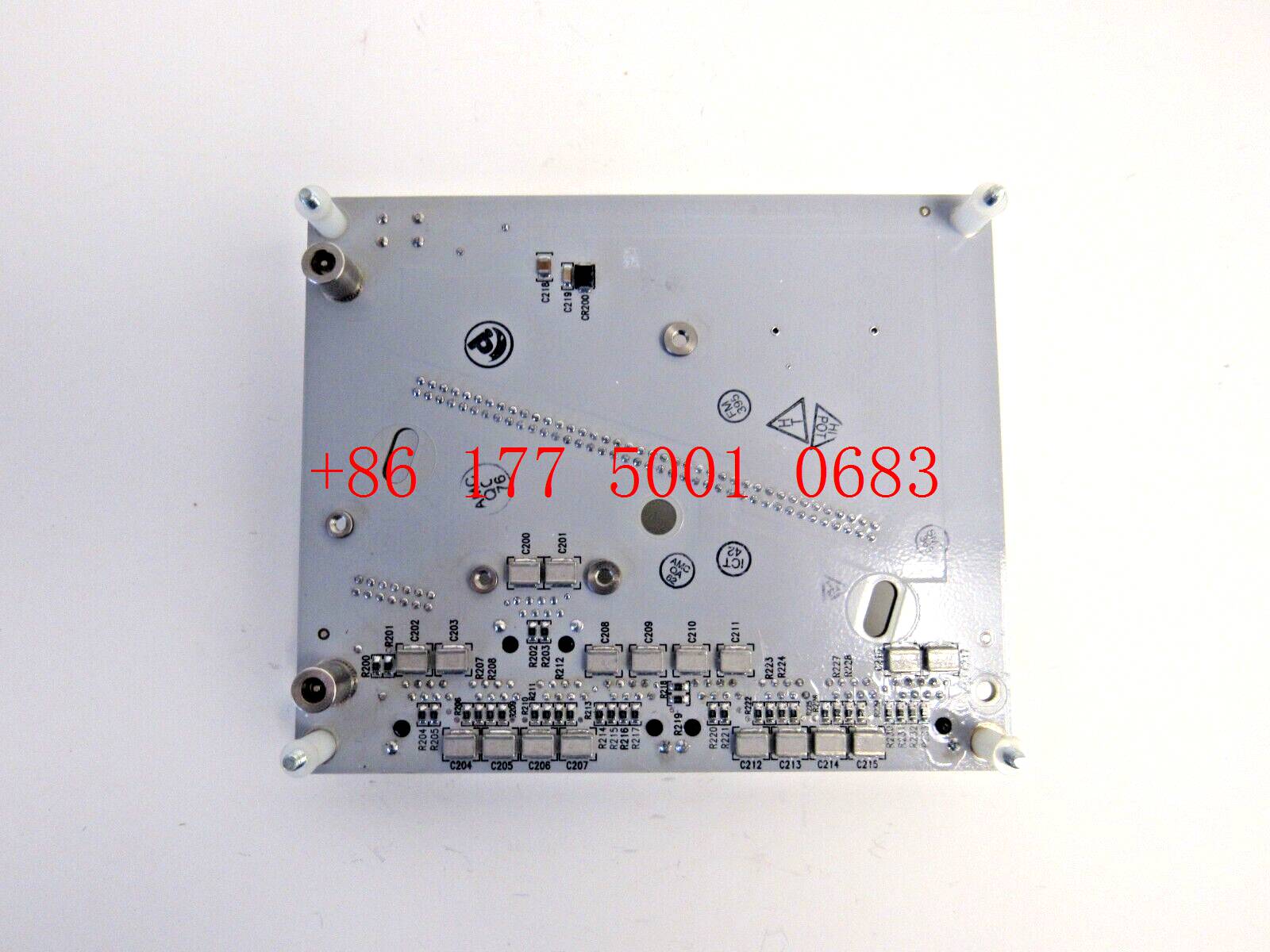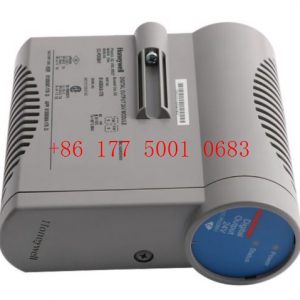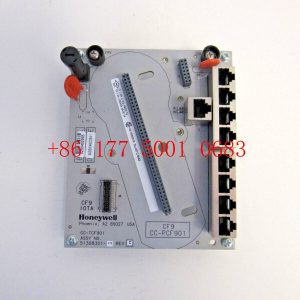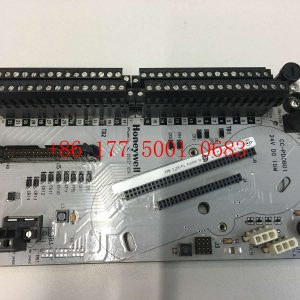Description
hardware flow control. It is an ideal choice in the field of industrial automation.
Why is the industrial Internet inseparable from industrial control?
ABB Global CEO Ulrich Spiesshofer recently accepted an exclusive interview with a reporter from Caijing in New York. He believes that the global manufacturing industry is
undergoing drastic changes. The era of labor arbitrage is over. Labor costs are no longer the focus of competition. The future of manufacturing lies in In factories that are smaller,
closer to consumers, and more agile. Artificial intelligence ( AI ) is the most important technology shaping the future of manufacturing. Currently, AI technology is mainly used in the
consumer field, but its large-scale application in the industrial field and among enterprises is more critical.
Digital transformation has been a keyword for global manufacturing giants in the past two years, and the industrial Internet is the implementation form of digital transformation.
General Electric (GE), Siemens and ABB are all leaders in this regard . Spiesshofer believes that GE”s industrial Internet only collects data and analyzes but cannot control it.
As the world”s two largest industrial automation suppliers, ABB and Siemens have the ability to control equipment, which is a significant difference from GE.
ABB is headquartered in Zurich, Switzerland. Its history can be traced back to the 1880s. It started from the original electrical manufacturing business and has developed into an international manufacturing
giant including electrical products, robotics and motion control, industrial automation and power grid. In 2017, ABB”s revenue was US$34.3 billion, ranking 341st among the
Fortune 500 companies. Spiesshofer has served as CEO for nearly five years since taking office in September 2013.
Below are the details of the interview.
The era of labor arbitrage is over
Caijing: Is 2018 a good year for the manufacturing industry?
Spiesshofer: From a global perspective, GDP is growing and consumption is also growing. Overall positive.
Caijing: What crucial changes are taking place in the manufacturing industry?
Spiesshofer: The jobs of the future will be different from the jobs of the past. In the Middle Ages, craftsmen moved between villages, taking their tools with them to work where
there was demand; later we invented factories, integrated supply and demand, and invented logistics; later people realized that there was labor arbitrage (Labor Arbitrage, Refers to
the existence of moving industries that have lost technological advantages and technical barriers to areas with low labor prices to increase profits by reducing labor costs), so we place
factories in emerging countries to benefit from labor arbitrage.
Now, with the development of modern automation and robotics, we can break this picture and bring value addition closer to demand. I think the future of manufacturing is
in factories that are smaller, closer to consumers, and more agile. I believe that the global logistics chain will also be reduced in the future because we will produce products closer to consumers.
The era of labor arbitrage shaping the global manufacturing landscape will be over because we can offset this arbitrage.
Recently we opened a new factory in Germany. Due to the adoption of intelligent automation technology, its unit cost is exactly the same as that of the best factories in
China. So I think the local market will be repositioned in the future, and the positioning of competitiveness will also change from just considering costs to focusing more on technology and value.
Caijing: Many people are complaining that automation has caused people to lose their jobs, and artificial intelligence technology has made the complaints louder
. But these new technologies are also creating new jobs. How do you see the relationship between the two?
Spiesshofer: In 1990, one-third of the world”s population lived below the extreme poverty line. Today, only 8% rely on technology. In fact, countries with the
highest robot densities, such as Germany, South Korea, Singapore, and Japan, also have the lowest unemployment rates. Robots combined with educated people can create prosperity, produce more
affordable goods, and lead to economic growth. Government, education and business need to work together to keep up with the changing world.
Clearly, millions of jobs are disappearing, but millions of new ones are being created. Taking our own business as an example, we used to have many
employees doing metal casting and forging work, but now these tasks are automated. But now we have more employees working in the service industry, developing apps, and working with customers.
So I think we should not be afraid of change, but should lead our employees to manage change and promote change. If we succeed, global employment will eventually grow.
HE693ADC410A GE Analog Input Modules
FBM203 P0914SV FOXBORO Channel Isolated 8 Input RTD
IC754CSL12CTD GE Operator Interface Terminal
IC754VSI12VTD GE 12-inch color TFT touch fast panel display
00-108-947 KUKA KRC2 MR-E MOTOR CABLE
5SHX14H4502 3BHB003230R0101 ABB IGCT module
5SHX10H6004 3BHB003230R0101 ABB IGCT module
800-372-7402 AVS-1700-ACX Bearing Engineers Advanced Vector Servo Drive
Triconex 3201 CM3201 Triconex Communication Module
TPPB-02 3HNA023200-00101 ABB Teaching device LCD screen
GCC960C102 3BHE033067E0102 ABB Inverter control cabinet logic board
LID43.03 EMG Relay
IC660EBD025 GE electronics assembly block
GCC960C103 3BHE033067R0103 ABB Terminal clamping module
SNAT609TAI 61073779 ABB Control Board
SNAT603CNT 61007041 ABB PCB Board
RK682011-BA RL0B 100 ABB Standard Unit Module
SNAT602TAC 61001395G1 ABB PC Board
PMC-2/11/05/000/00/00/01/00/00 SCHNEIDER SERVO DRIVE
PR6423/000-000 EPRO Eddy Current Displacement Transducer Sensor
DSAI133A 3BSE018290R1 ABB Analog Input Board 32 Channels
AS-BDAU-204 Schneider analog input module
AT686W-1-1-1-1 GE
2422 OUT2422 SES
2411 IND2411
2409 INP2409 SES
2402 GAS2402 SES
369-LO-0-M-F-E-0-0 GE 369 Motor Management Relay
HOI-653A HP
1769-L35CR Allen Bradley CompactLogix ControlNet Processor
369-C100 369-C101 GE
369-A200 GE
SW1-31 ECS1737-3 GE Switching Power Supply Board
IC660BBD023 GE 24 Volts DC rated I/O block
531X304IBDARG1 GE PC Board 531X
531X304IBDASG1 GE BASE DRIVE CARD
531X304IBDAMG1 GE AC2000 BASE DRIVE CARD
531X303MCPBDG1 GE AC Power Supply
SDV144-S13 Yokogawa Input Module
531X303MCPARG1 GE AC Power Supply board
NFAI143-H00 Yokogawa Analog Input Module
1771-IXE Allen-Bradley Thermocouple / Milivolt Input module
F8651X HIMA CPU Module
0-60063-1 60063-1 RELIANCE REGULATOR BOARD SA3100 AC DRIVE
MVME-147A MOTOROLA 25MHz, 16MB Single Board Computer
5X00622G01 Westinghouse RTD Input Module
5X00605G01 Westinghouse Analog Input Module
5X00583G01 Westinghouse CONTACT INPUT MODULE
5X00501G01 Westinghouse I/O Interface Controller
5X00481G04 Westinghouse Controller Model
5X00419G01 Westinghouse CONTACT INPUT MODULE









Reviews
There are no reviews yet.